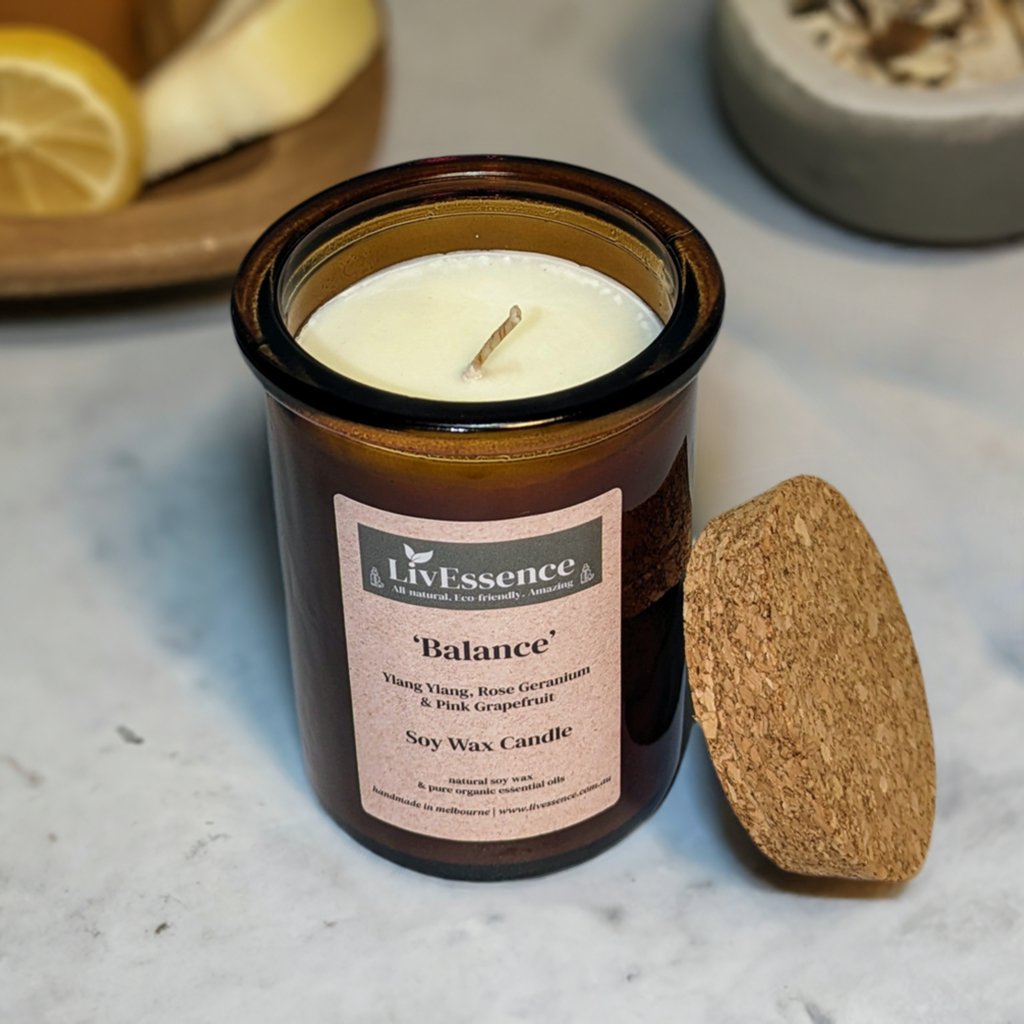Infuse Your Home with the Fragrance of Crystal Soy Candles and Home Fragrance
Infuse Your Home with the Fragrance of Crystal Soy Candles and Home Fragrance
Blog Article
From Wick to Wax: Comprehending the Chemistry Behind Soy Wax Candles and Their Ecological Impact
As we illuminate our rooms with the warm glow of candle lights, there lies a realm of detailed chemistry behind the apparently easy act of lighting a soy wax candle. The choice in between soy and paraffin wax prolongs past mere appearances, delving into the realm of environmental influence and the really composition of the products. Comprehending the molecular structure of soy wax and its burning process clarifies the exhausts released right into our surroundings. Join us as we untangle the clinical ins and outs behind soy wax candles and explore their ramifications on our atmosphere.
Soy Wax Vs. Paraffin Wax
When contrasting soy wax and paraffin wax for candle light making, it is essential to understand the distinctive attributes and benefits of each material. Soy wax is an all-natural, sustainable source originated from soybean oil, making it naturally degradable and eco-friendly - candles. In contrast, paraffin wax is a byproduct of oil refining, which raises concerns concerning its environmental impact and sustainability
Soy wax candle lights melt cleaner and release much less residue contrasted to paraffin wax candles, making them a much healthier option for interior air quality. In addition, soy wax has a lower melting point, enabling a longer-lasting candle light that spreads fragrance much more effectively. Paraffin wax, on the various other hand, often tends to melt faster and much less easily, potentially releasing damaging chemicals into the air.
From a sustainability perspective, soy wax is favored for its biodegradability and sustainable sourcing, aligning with the growing consumer choice for environmentally aware products. While paraffin wax has been a traditional selection in candle making because of its price and simplicity of use, the shift in the direction of green choices like soy wax is obtaining momentum in the industry.
Chemical Make-up of Soy Wax

Combustion Process in Soy Candles
The chemical structure of soy wax directly influences the burning procedure in soy candles, impacting factors such as shed time, aroma release, and environmental influence. When a soy candle is lit, the warm from the flame melts the wax near the wick.
The combustion performance of soy candles is influenced by the pureness of the soy wax and the top quality of the wick. Furthermore, soy wax candle lights have a lower ecological effect compared to paraffin candles due to their eco-friendly and renewable nature.

Ecological Benefits of Soy Wax

Considered a lasting alternative to conventional paraffin wax, soy wax provides noteworthy ecological advantages that make it a preferred selection among eco-conscious customers. Soy wax burns cleaner and produces less residue than paraffin wax, contributing to better indoor air high quality and lowering the demand for cleaning and maintenance. In general, the ecological advantages of soy wax straighten with the expanding need for environment-friendly and sustainable products in the market.
Recycling and Disposal Factors To Consider
Recycling and proper disposal of soy wax candle lights play a vital function in maintaining environmental sustainability and minimizing waste in households and areas. The initial step is to make sure that the candle light has actually melted completely when it comes to reusing soy wax candle lights. This can be accomplished by enabling the candle light to burn until the wick is no much longer useful, and afterwards letting the staying wax cool and strengthen. Once the wax has strengthened, it can be thoroughly gotten rid of from the container.

In terms of disposal, if recycling is not a choice, soy wax candle lights are eco-friendly and can be securely gotten rid of in many family waste systems. It is constantly recommended to examine with local recycling facilities or waste management solutions for certain standards on candle disposal to guarantee proper handling and environmental security.
Verdict
In verdict, the chemistry behind soy wax candle lights exposes their ecological advantages over paraffin wax candle lights. Soy wax, obtained from soybean oil, burns soy wax candles cleaner and creates less residue when compared to paraffin wax.
When contrasting soy wax and paraffin wax for candle production, it is essential to comprehend the distinctive attributes and benefits of each material (crystal soy candles).Soy wax candles melt cleaner and produce less residue compared to paraffin wax candles, making them a much healthier choice for indoor air quality.Taken into consideration a lasting option to traditional paraffin wax, soy wax offers remarkable ecological advantages that make it a popular selection amongst eco-conscious consumers. Soy wax burns cleaner and produces less soot than paraffin wax, adding to far better interior air top quality and lowering the requirement for cleaning and maintenance.In verdict, the chemistry behind soy wax candle lights reveals their environmental benefits over paraffin wax candles
Report this page